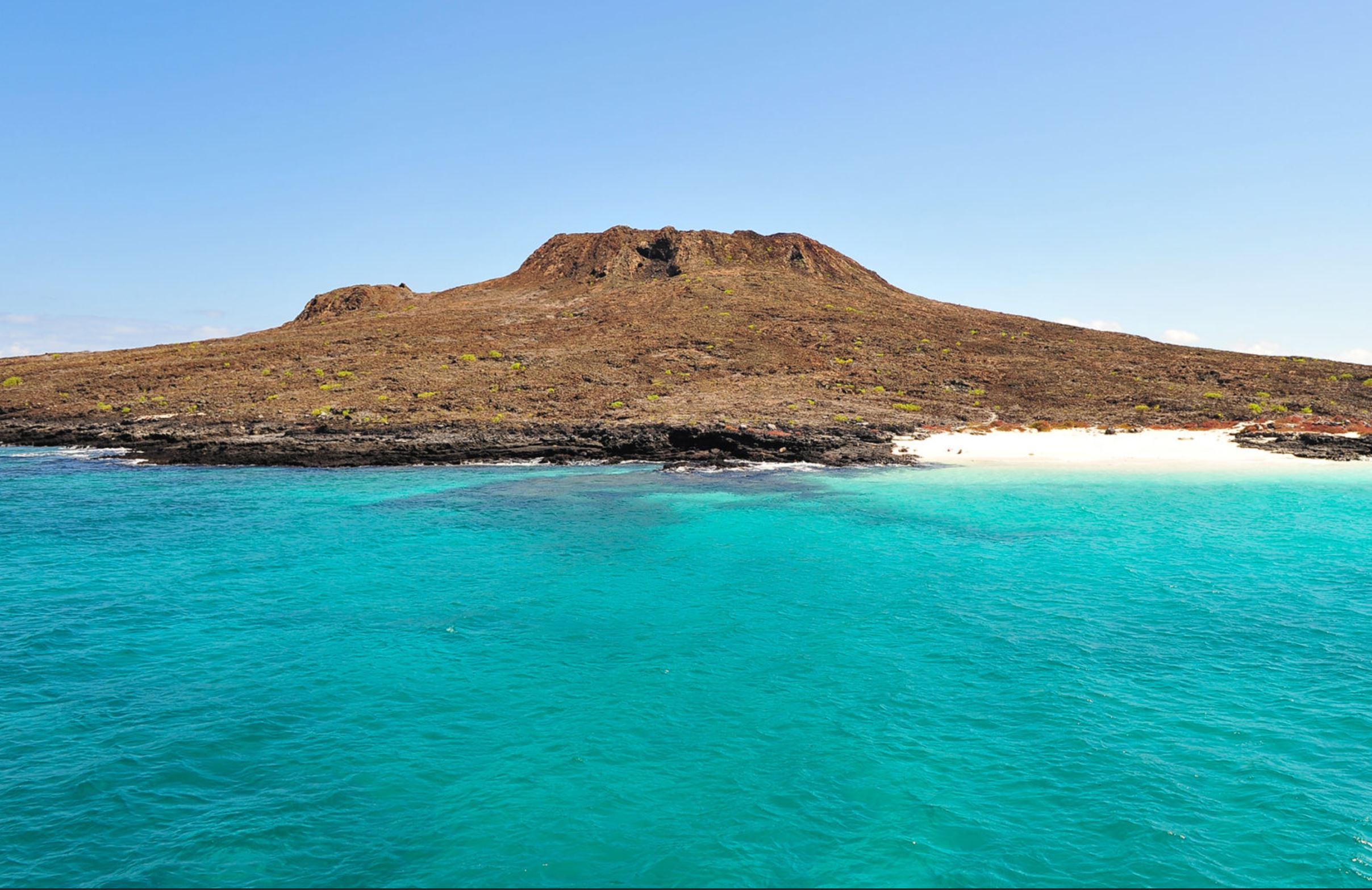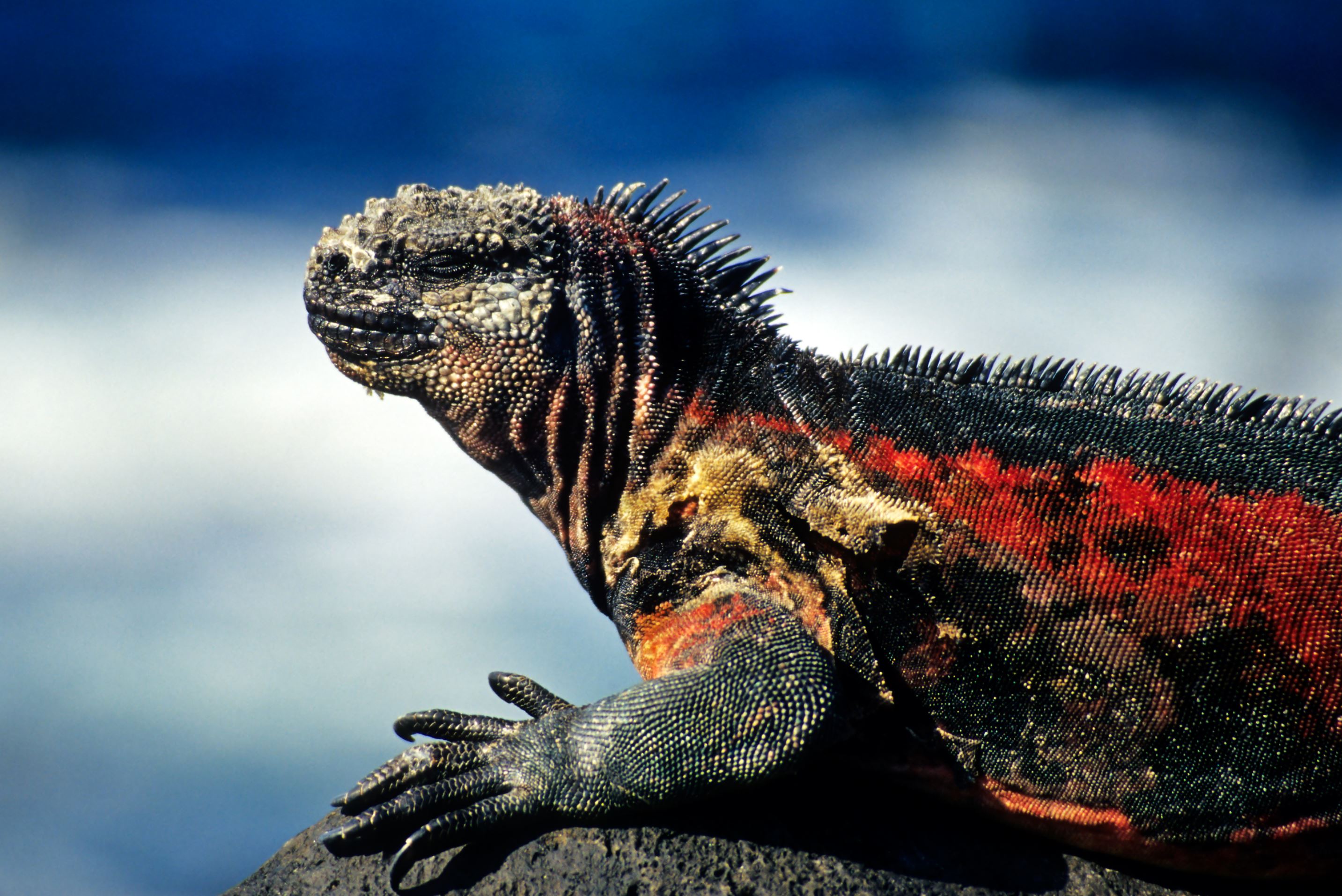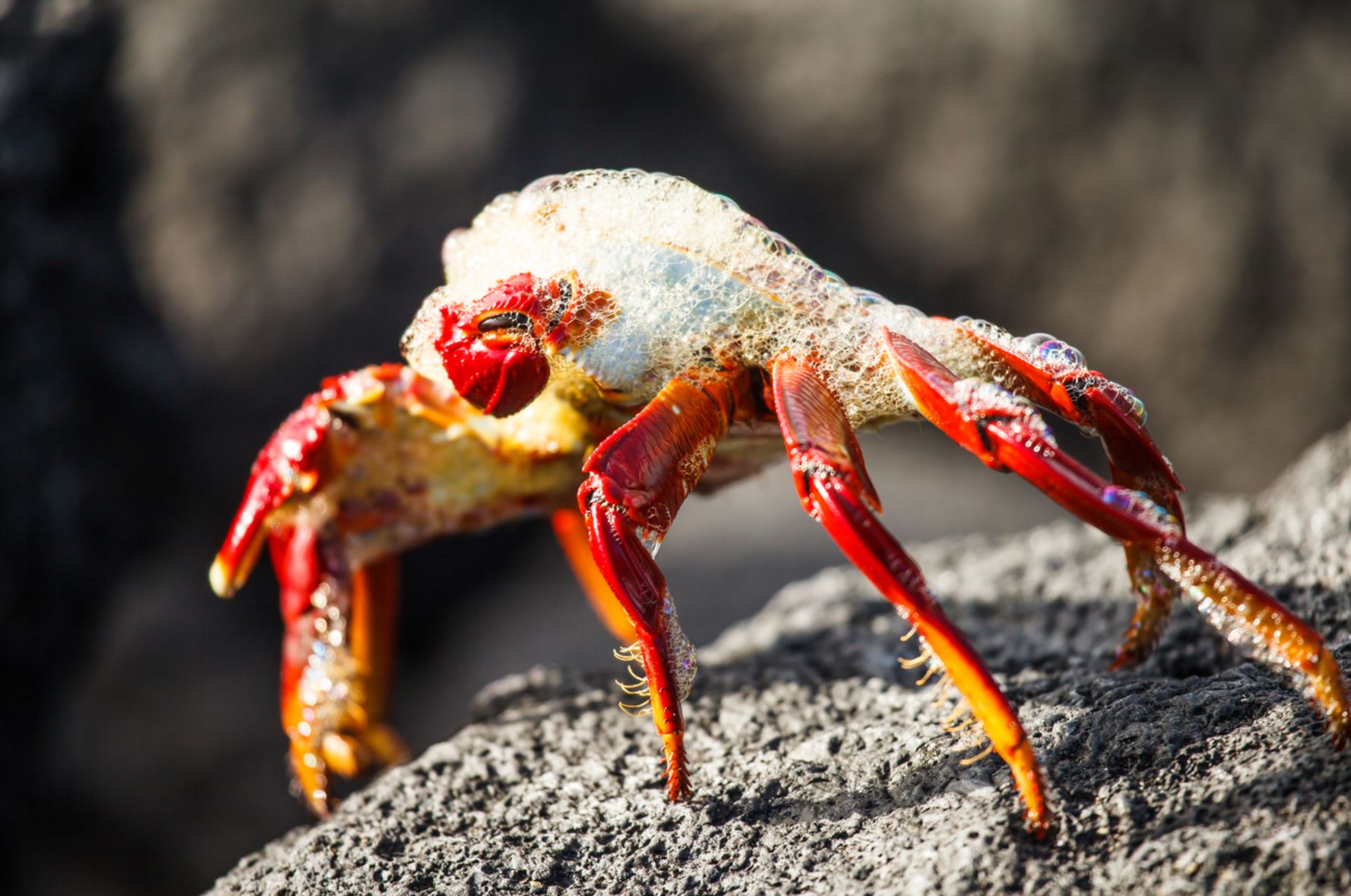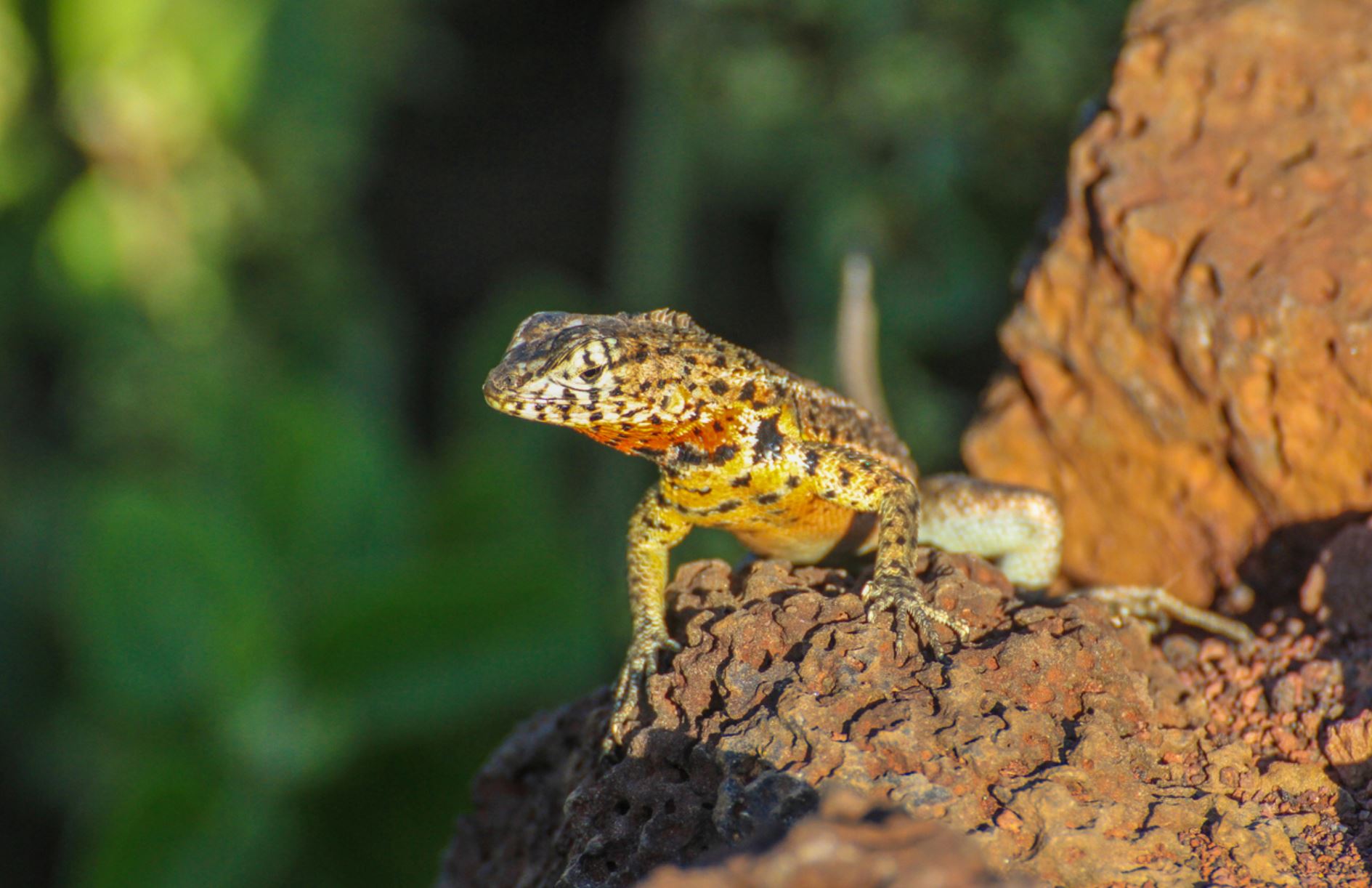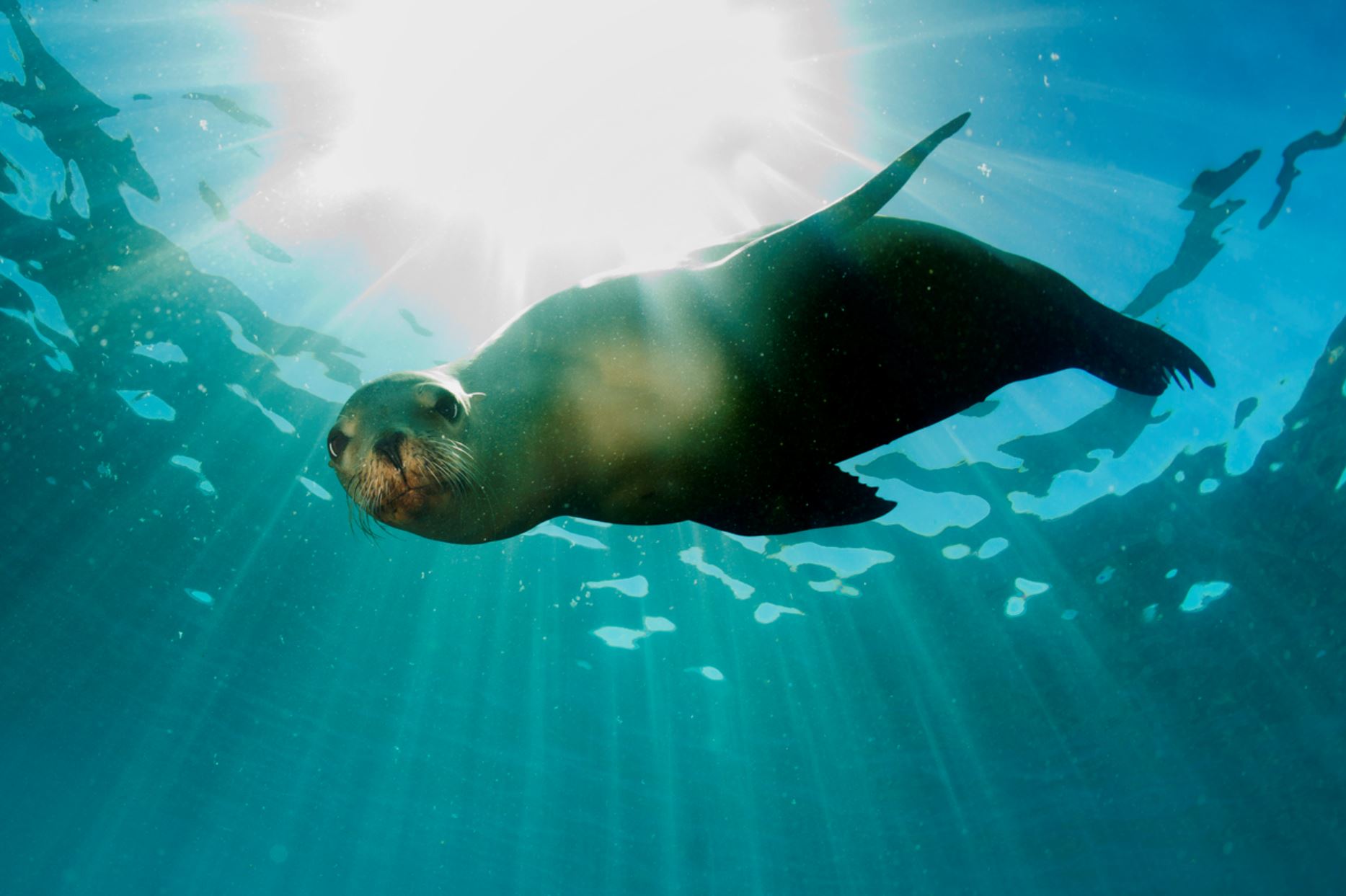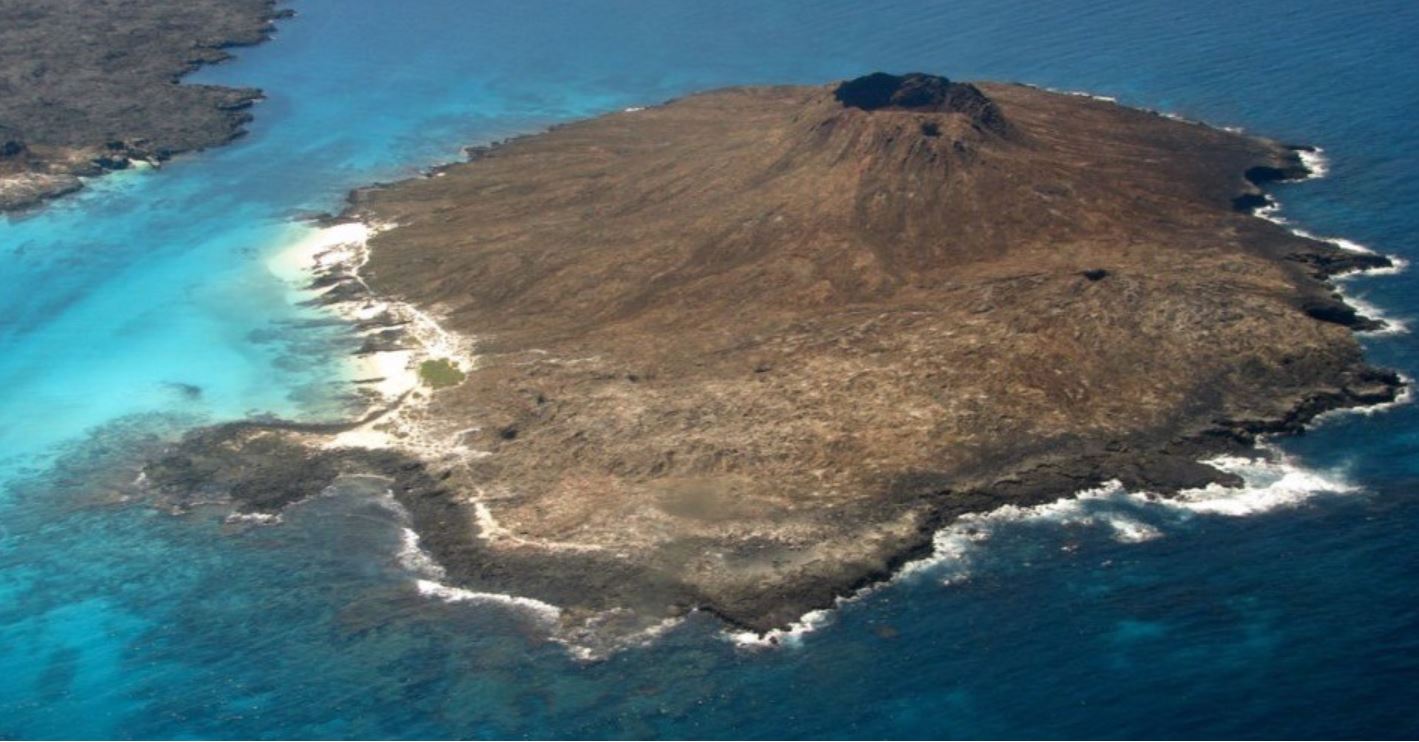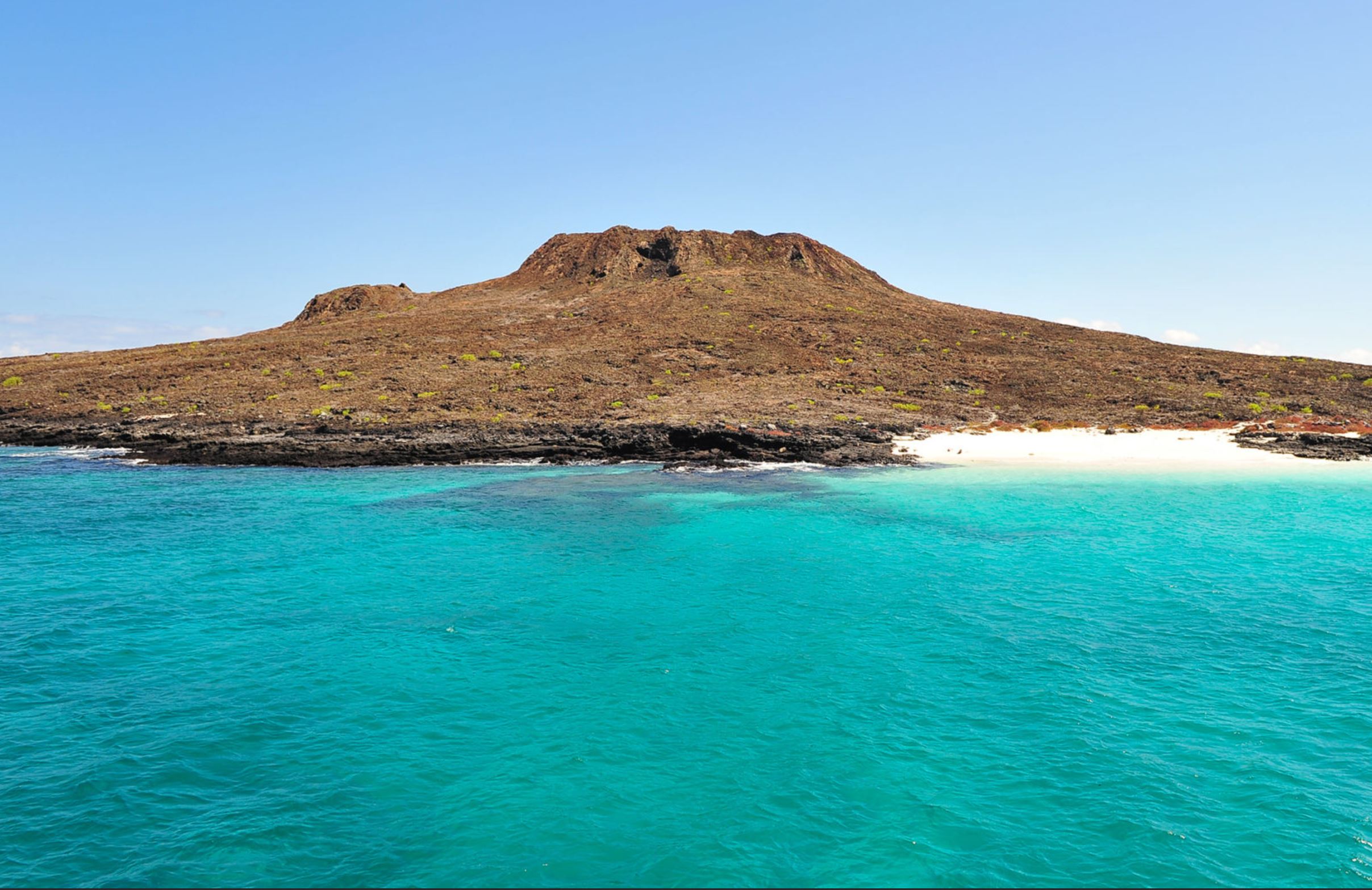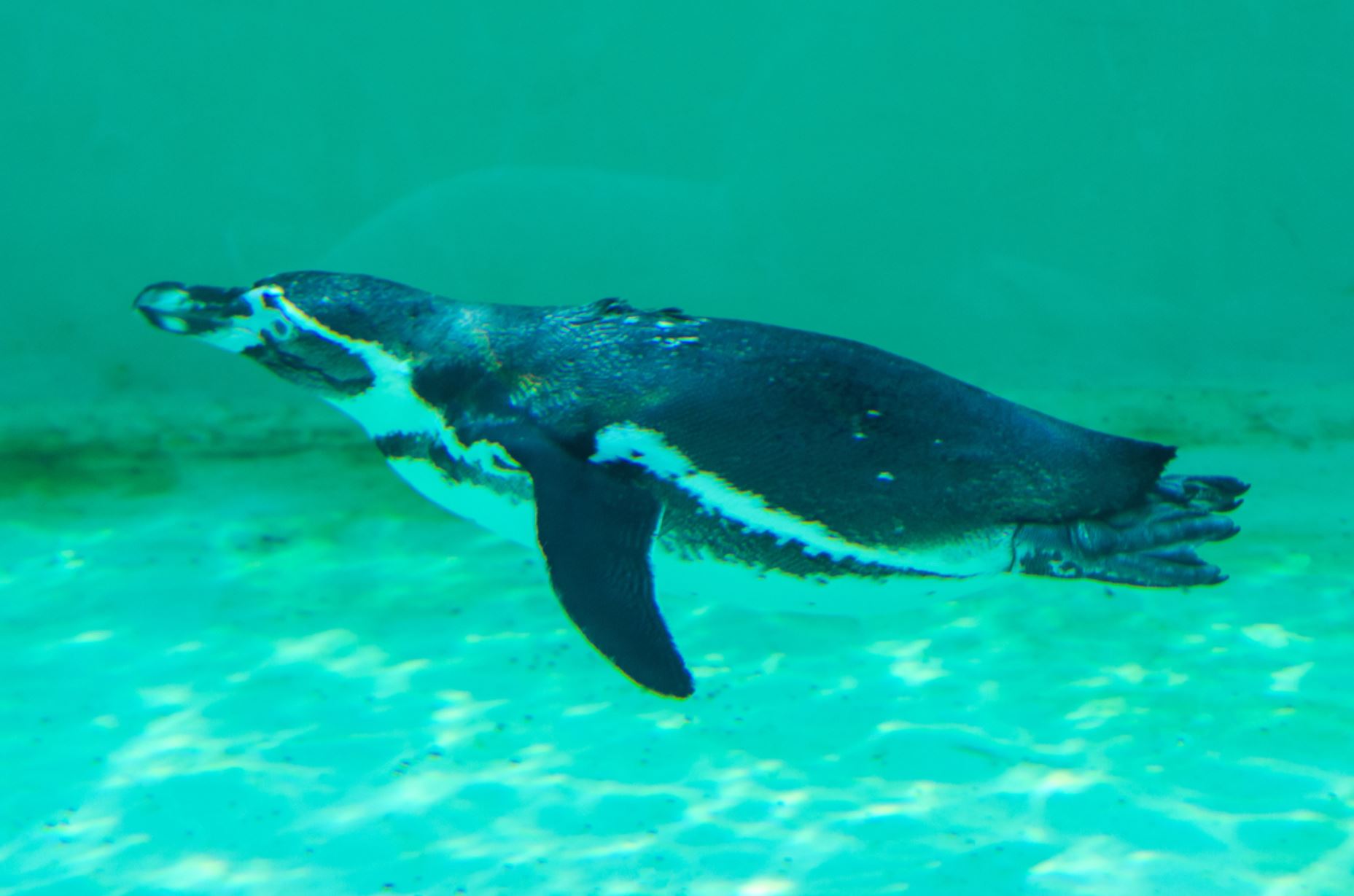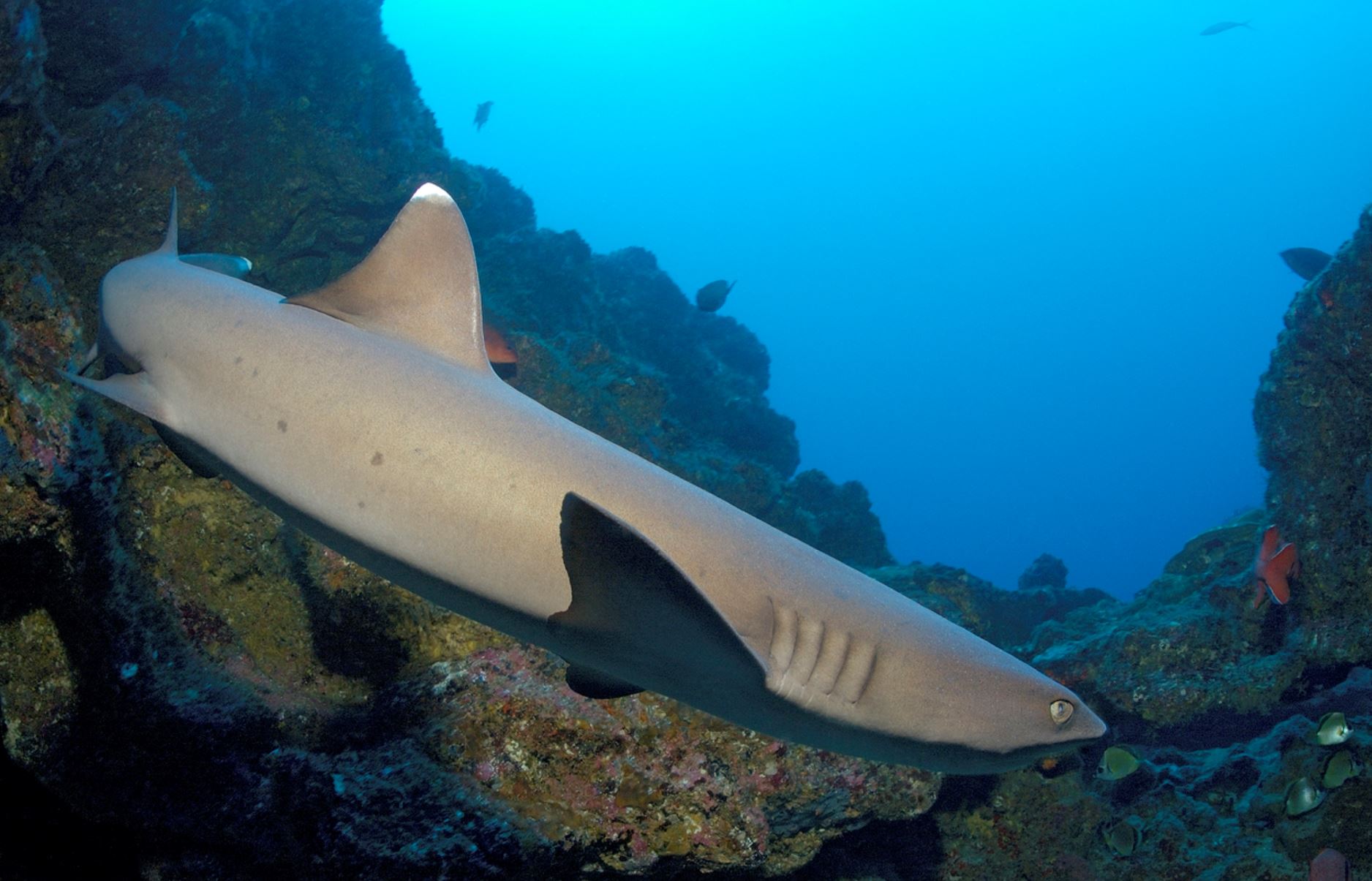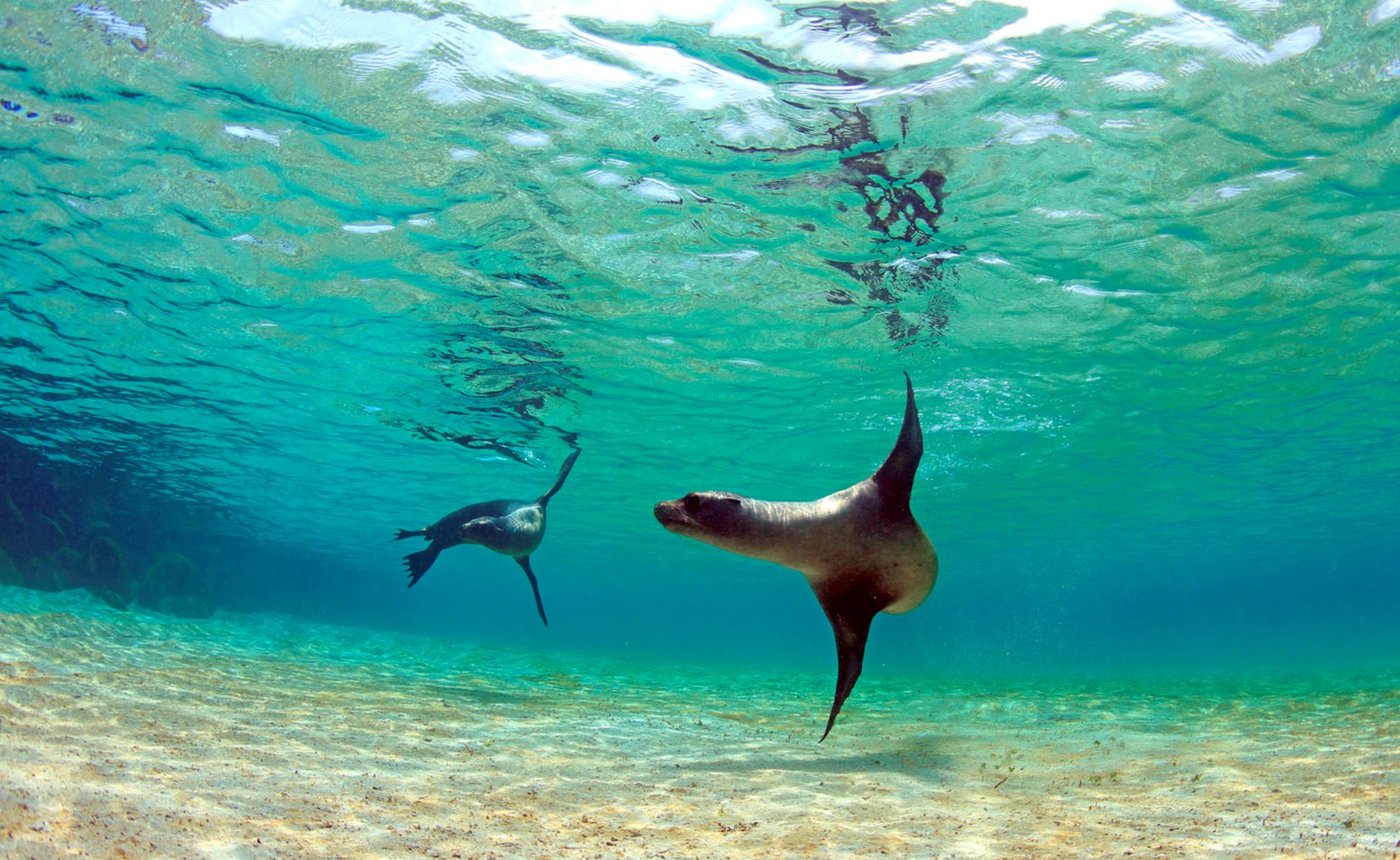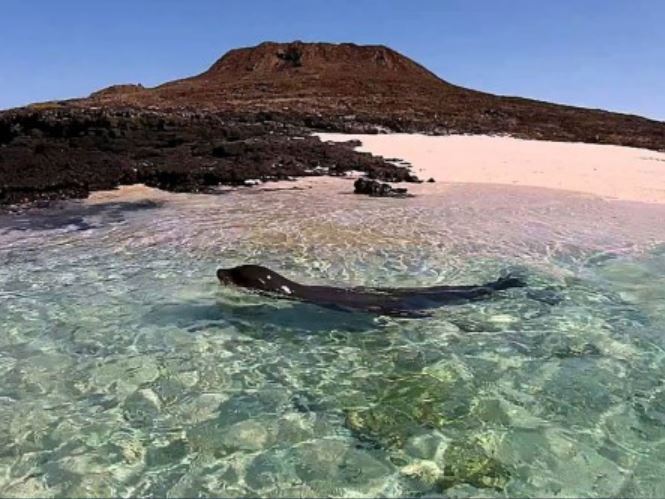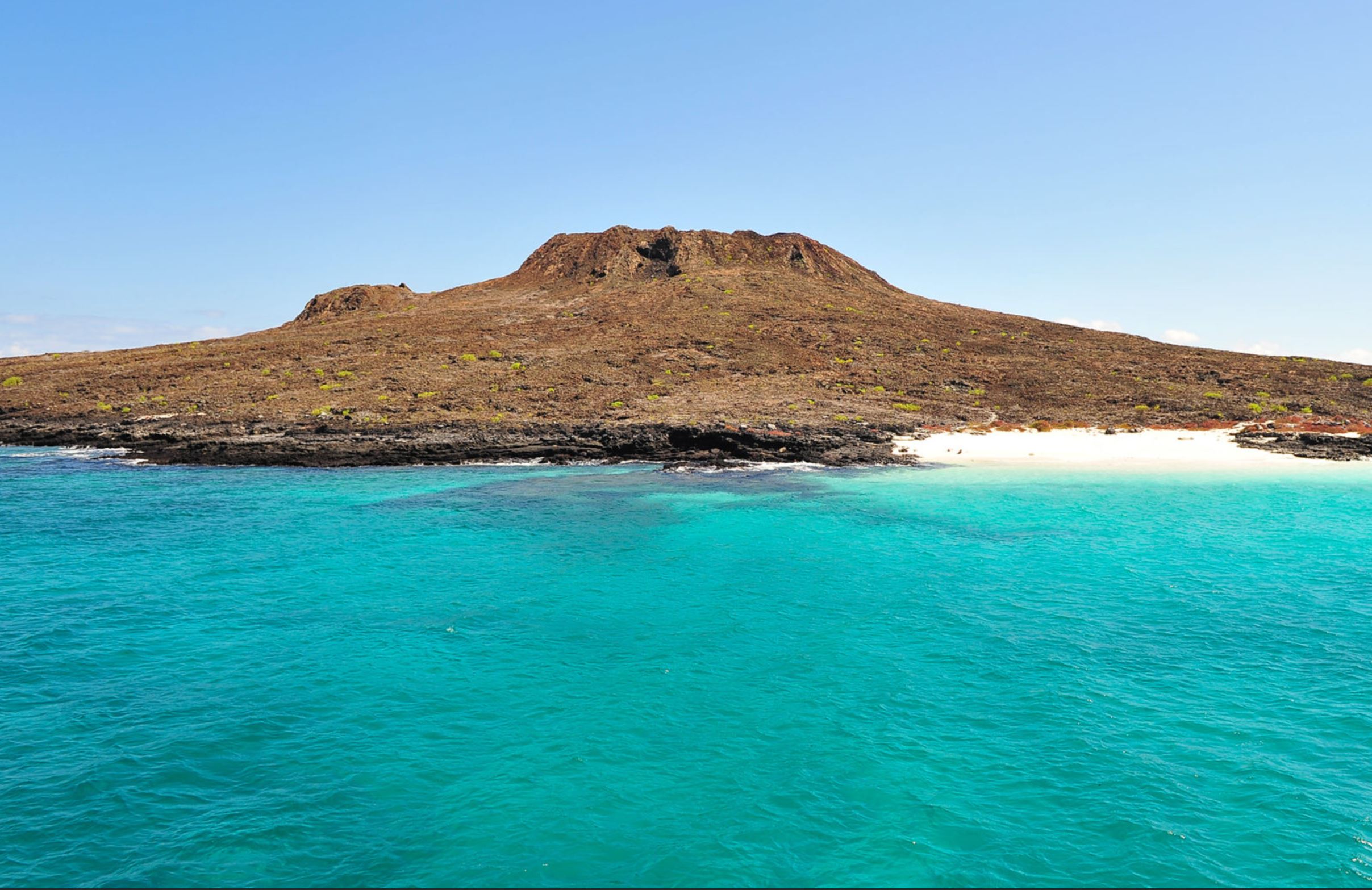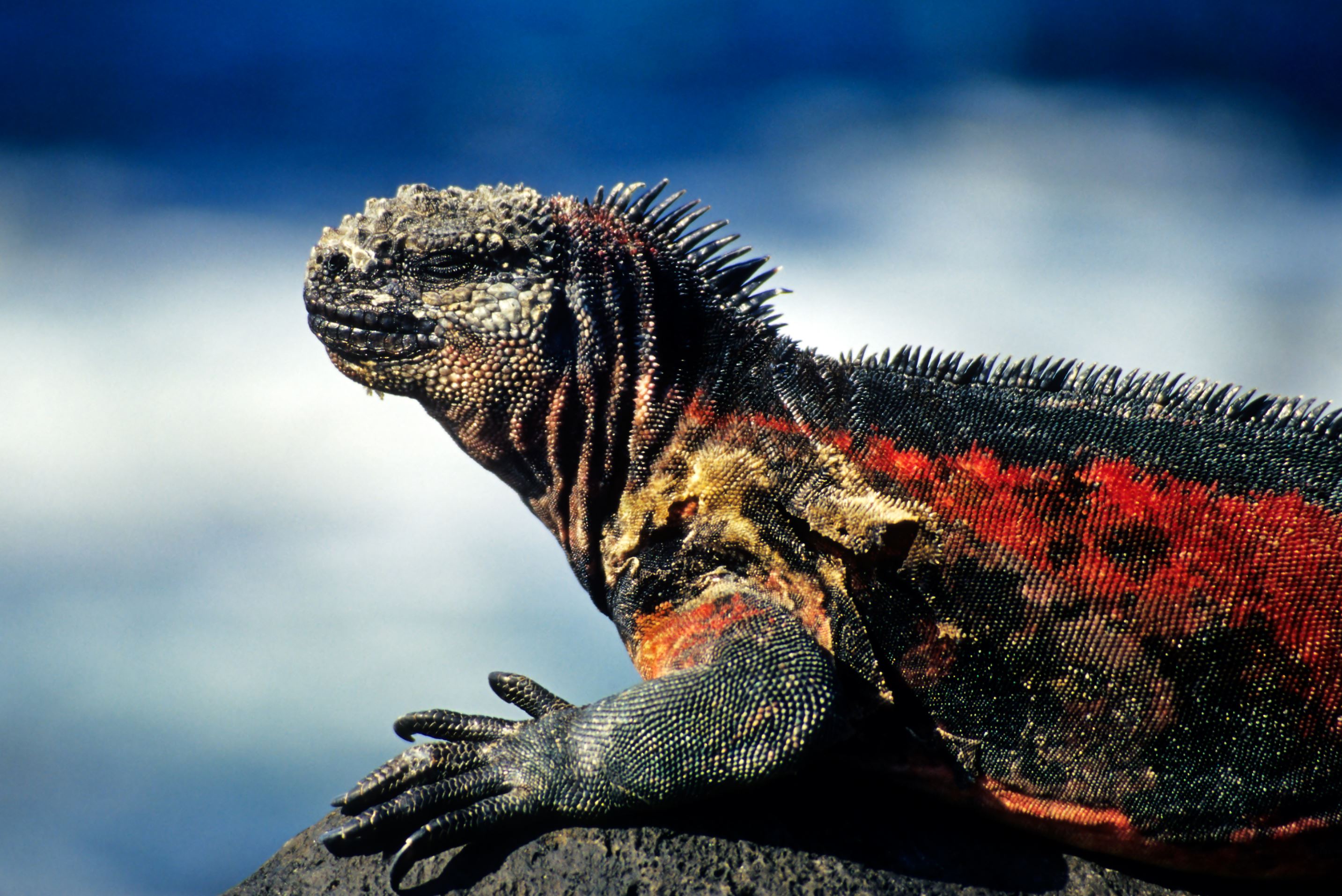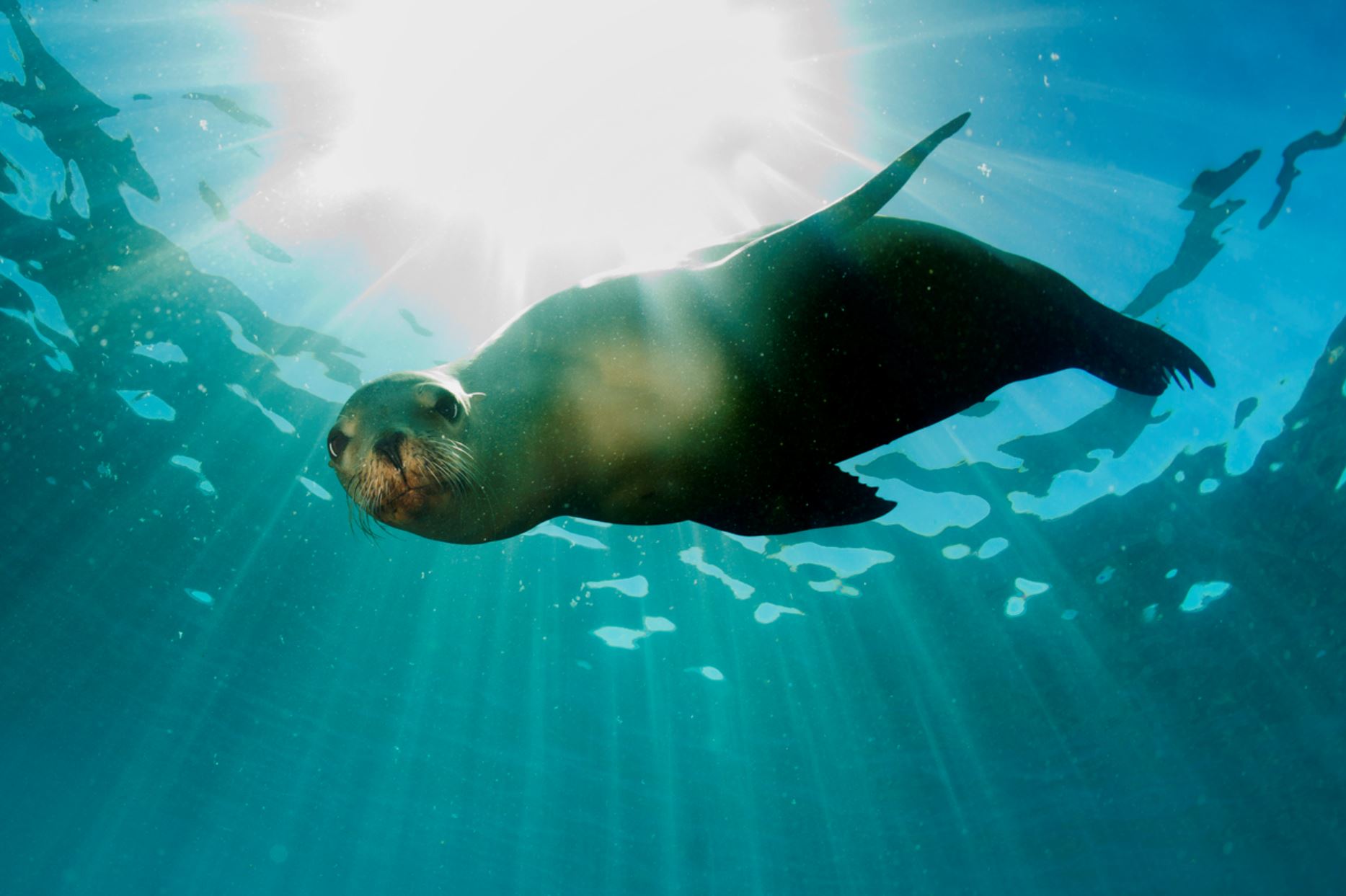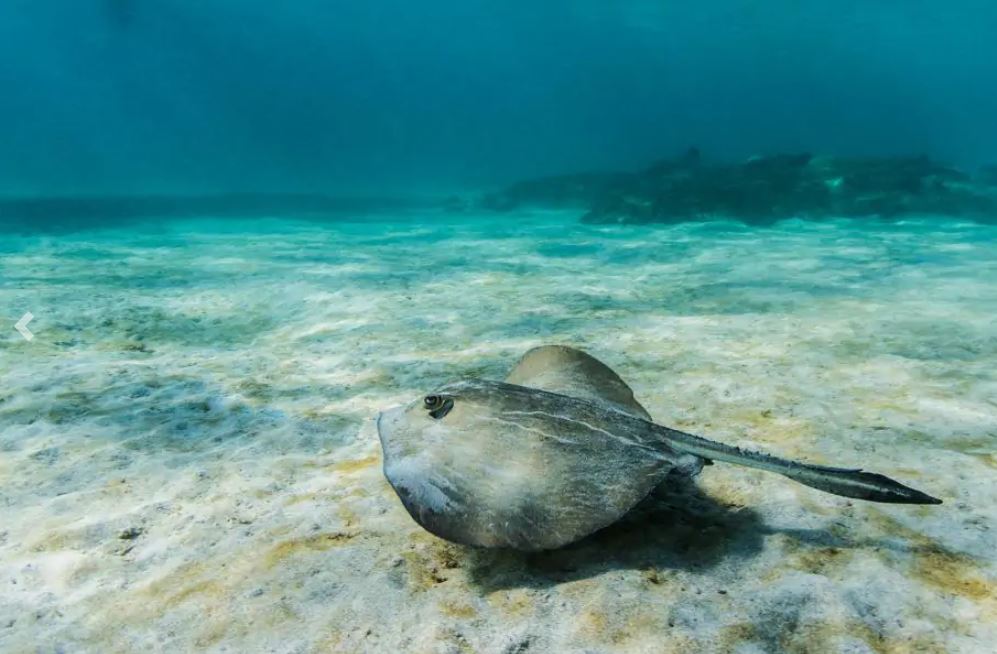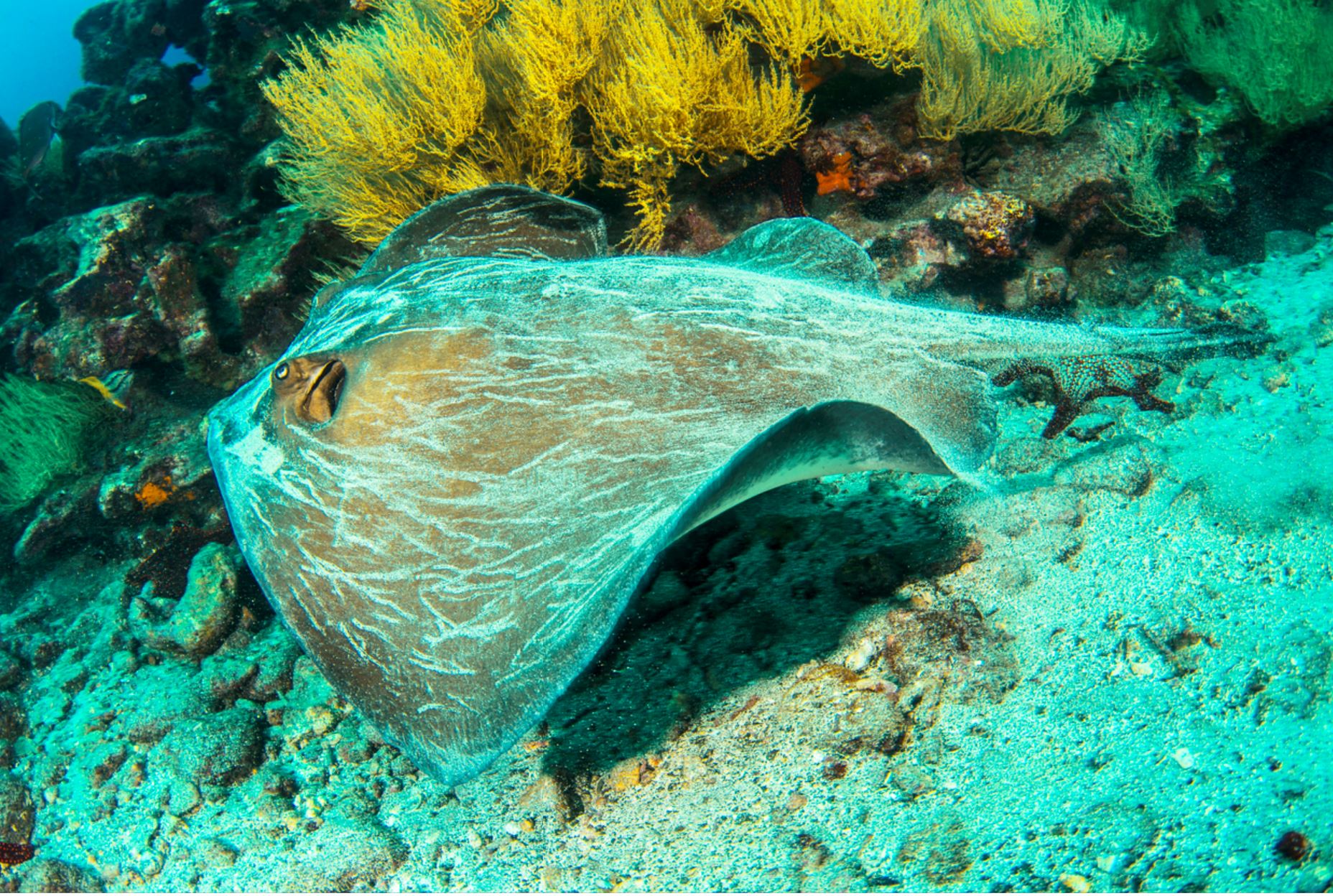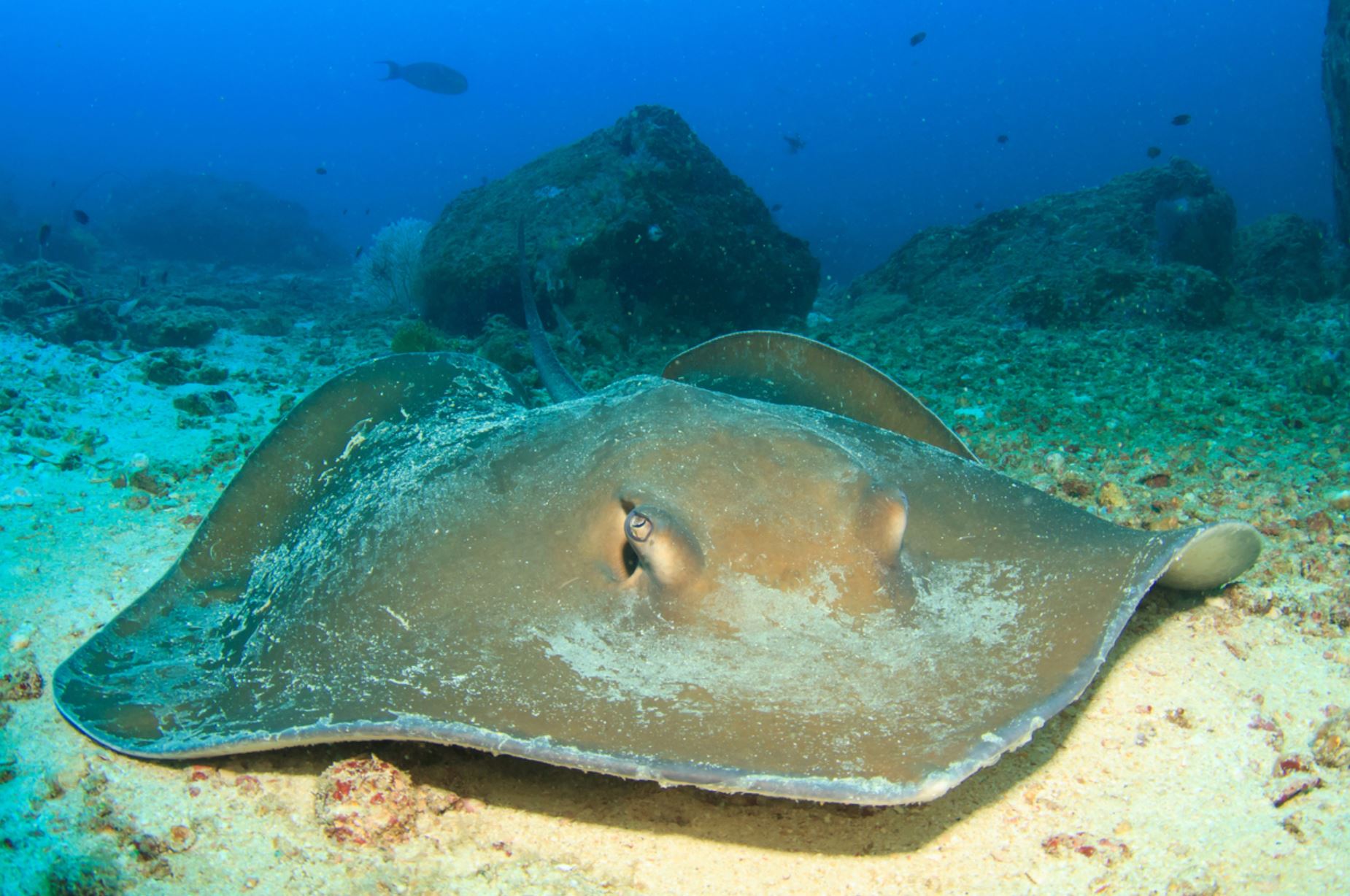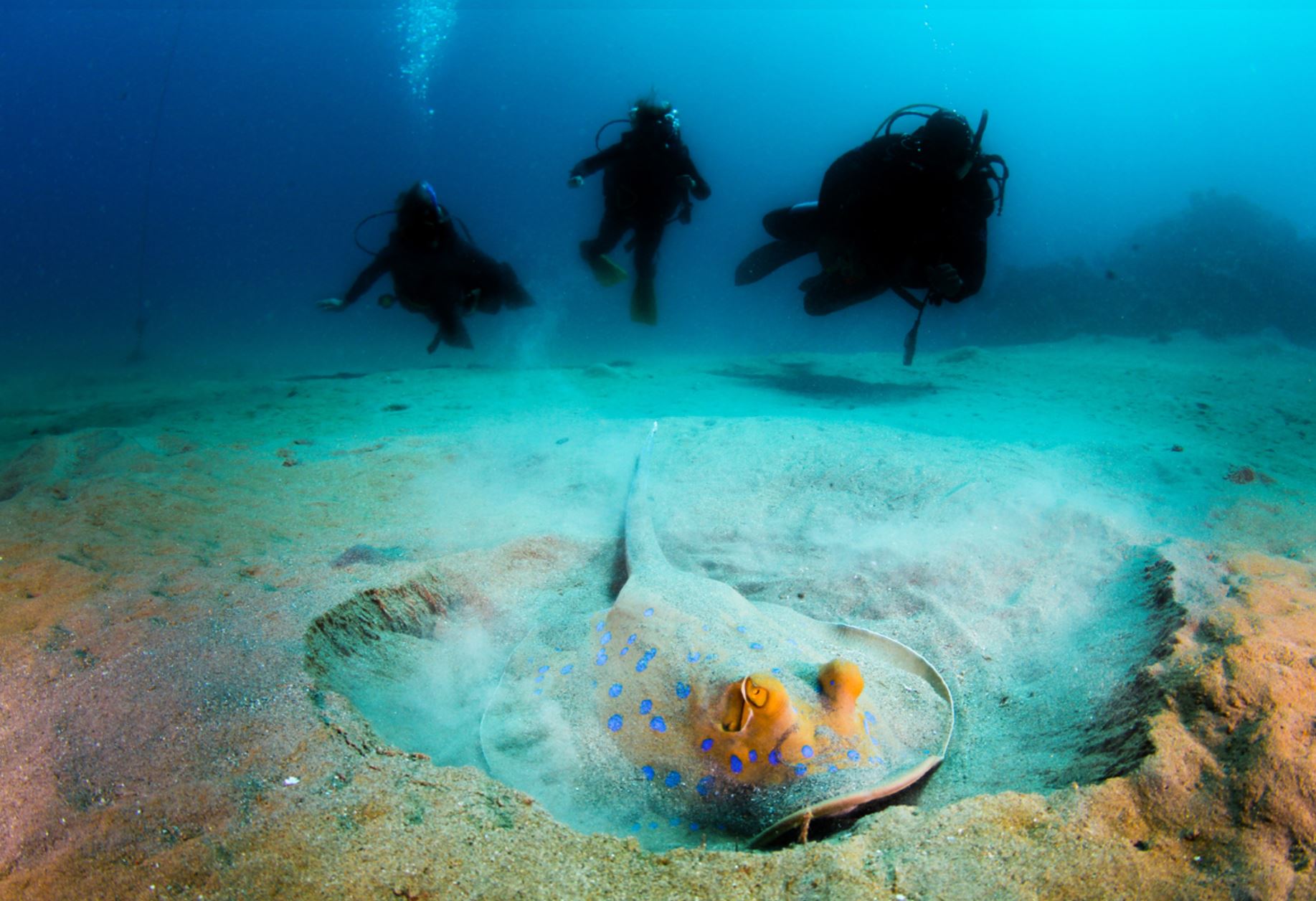Chinese Hat
Animals/Wildlife




Landscape/Views



Snorkeling




Beaches




Chinese Hat, locally known as Sombrero Chino, draws its name from the recognizable shape, that of a quaint Chinaman's hat. It is one of the smallest islands in Galapagos and it is basically a spatter cone, formed by the rocks and lava of a volcanic eruption. You can follow a trail leading from a beautiful beach, where you can spot marine iguanas and Sally-Lightfoot crabs, past a colony of sea lions and the occasional lava lizard, to a lava field, where you can see lava cacti growing. The calm and deep waters make this island a great spot for snorkeling.
Difficulty: Moderate
Disembarkation: Wet Landing
Interactions: Hiking , Snorkeling , Dinghy Ride
Highlights at Chinese Hat
- Birdwatching
- White Sandy Beach
Animals that you may see there:
American Oystercatcher, Blue-Footed Booby, Brown Pelican, Darwin’s Finches, Galapagos Dove, Galapagos Frigatebirds, Galapagos Green Turtle, Galapagos Hawk, Galapagos Lava Gull, Galapagos Lava Heron, Galapagos Lava Lizard, Galapagos Marine Iguana, Galapagos Mockingbird, Galapagos Penguin, Galapagos Petrel, Galapagos Sea Lion, Galapagos Shearwater, Galapagos Sting Rays, Great Blue Heron, Nazca Booby, Swallow-Tailed Gull, Yellow-crowned Night Heron
Chinese Hat, locally known as Sombrero Chino, draws its name from the recognizable shape, that of a quaint Chinaman's hat. It is one of the smallest islands in Galapagos and it is basically a spatter cone, formed by the rocks and lava of a volcanic eruption. You can follow a trail leading from a beautiful beach, where you can spot marine iguanas and Sally-Lightfoot crabs, past a colony of sea lions and the occasional lava lizard, to a lava field, where you can see lava cacti growing. The calm and deep waters make this island a great spot for snorkeling.
Difficulty: Moderate
Disembarkation: Wet Landing
Interactions: Hiking ,Snorkeling ,Dinghy Ride
Highlights at Chinese Hat
- Birdwatching
- White Sandy Beach
Animals that you may see there:
American Oystercatcher, Blue-Footed Booby, Brown Pelican, Darwin’s Finches, Galapagos Dove, Galapagos Frigatebirds, Galapagos Green Turtle, Galapagos Hawk, Galapagos Lava Gull, Galapagos Lava Heron, Galapagos Lava Lizard, Galapagos Marine Iguana, Galapagos Mockingbird, Galapagos Penguin, Galapagos Petrel, Galapagos Sea Lion, Galapagos Shearwater, Galapagos Sting Rays, Great Blue Heron, Nazca Booby, Swallow-Tailed Gull, Yellow-crowned Night Heron.
Pictures
Highlights / Places to Visit
Chinese hat, birdwatching
Chinese Hat Galapagos may be one of the smallest islands, but it sure knows how to punch above its weight. Size is not everything! The views of Chinese Hat island from sea are unforgettable. The beach, volcanic landscape and clear waters contrast beautifully. Visitors can also enjoy spectacular Galapagos views from the island lookout. The Chinese Hat snorkeling site is also highly recommended. Come check out Chinese Hat at Galapagos for yourself!
Wildlife Highlights:
• Chinese Hat’s white sand coral beach is home to a small Galapgos sea lion colony, Marine iguanas, Sally lightfoot crabs, and a variety of shore birds.
• Sometimes Galapagos pinguins can be spotted on the rocks of Chinese Hat island, or feeding in the water. Lucky visitors may even get the opportunity to snorkel with penguins here.
• Snorkel at Chinese Hat to spot Whitetip reef sharks, other sharke species, sea lions, Galapagos fish and more.
• The views from Chinese Hat Galapagos are breathtaking! This wonderful panorama extends to Santiago and Bartolomé islands.
Chinese hat, white sandy beach
Chinese Hat’s white sand coral beach is home to a small Galapagos sea lion colony, Marine iguanas, sally lightfoot crabs and a variety of shore birds. Fantastic to swim and snorkel!
Animals that can be seen on the island
Galapagos Stingrays
Seen from the side, this animal is perfectly flat, with pectoral fins that extend to the head. The eyes are located at the sides of its head and with breathing cavities near. The diameter on average is from about 30 cm to less than 1 m. Stingrays are close relatives to sharks, with the common factor that both are cartilaginous fish that swim in warm waters of tropical oceans.
They will have one baby per year, and when the baby is born it will have to fend for itself. The females keep the egg and the juvenile in their uterus (ovoviviparous) from 2 to 4 months until the youngster is big enough to be born. No parental care is given to the newborn, it must be ready to feed and protect itself. Cartilaginous fish tend to mature at a slow rate, some studies say that they enter maturity when they are 20 to 30 years old.
Stingrays can spend most of their time buried on the seafloor and they have electrical receptors in their skin to help them read electrical charges in the ocean when looking for food and for orientation. Their favorite food is worms, fish, mollusks, crabs, and shrimp that they get by scooping through the ocean sand.
There are also other species in the ray family that can be spotted in the Galapagos: manta rays (the biggest of all, measuring about 4 m across its fins), golden rays, and spotted eagle rays.
- Animal Group: Marin Life
- Scientific Name: Dasyatidae
- Animal Average Size: 30 cm - 2 m
- Animal Average Weight: 7,6 kg
Places where you may see this animal in Galapagos:
Wolf, Darwin, Fernandina, Isabela, Genovesa, Santiago, Bartolomé, Rábida, Chinese Hat, Santa Fé, Santa Cruz, North Seymour Plaza Sur, Floreana, Española, San Cristobal
Location
Mr. Frobeen can give you precise information about the ships.
Mr. Frobeen will be happy to advise you by phone at +49 (0)7633 9399360 or via email info@frobeen.de
If you want to book, what are the payment methods?
The reservation is gratis as an option.
If you want to make an fixed booking, there is to pay a deposit of 20%.
The remaining payment is due 4 weeks before departure. In individual cases, such as diving cruises, other rules apply. Information on request.
- Your payments are insured against bankruptcy!

